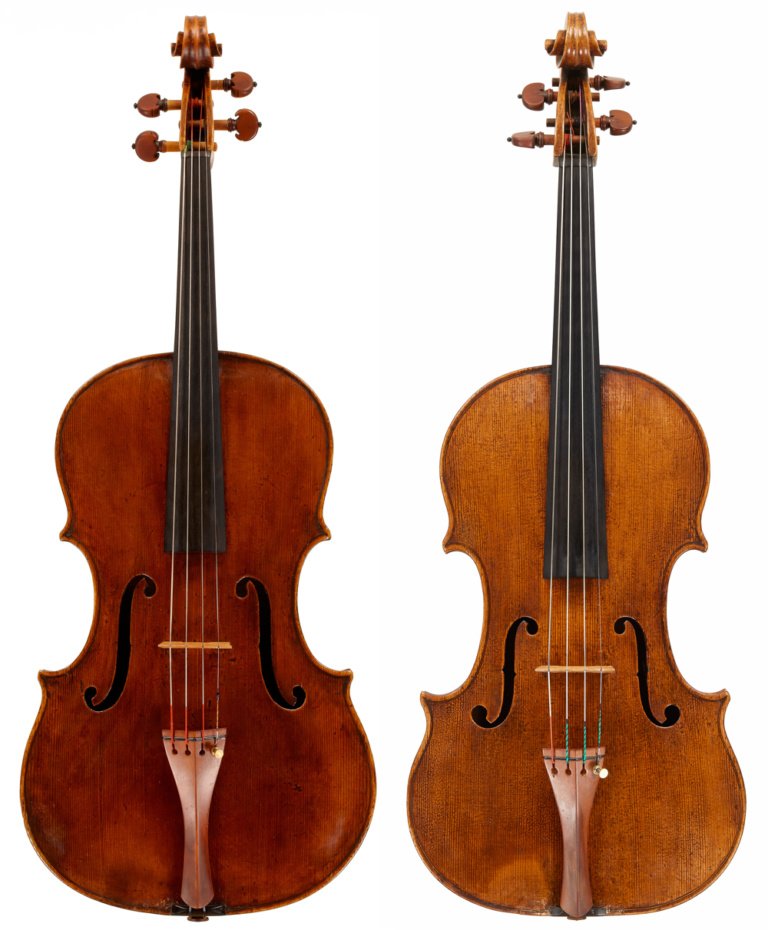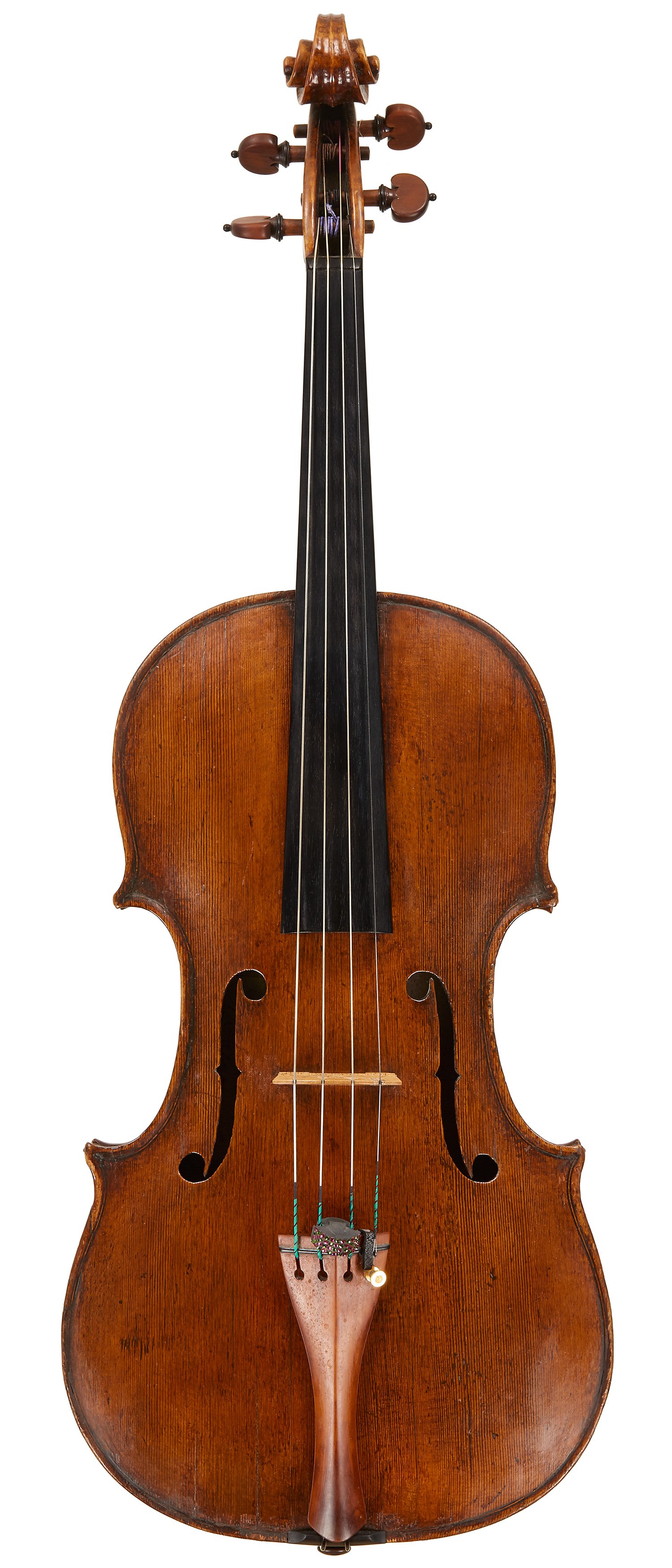BRESCIA
and its contribution to violin making
Standing at the foot of the Italian Alps on the banks of the Garda and Iseo lakes, is the ancient city of Brescia, a city founded over 3200 years ago in days before the Romans ruled Europe. Today, Brescia remains an important city for trade and manufacturing and as a center of a vibrant artistic culture. And at one time, it was the center of violin and instrument making.
In the days before Stradivari created his masterpieces in nearby Cremona, Brescian violin makers created the standard-bearing violins of its day. This followed from an even older tradition of Gamba craft that dated back a century prior but in the 16th century early makers began to work in a new design, a precursor to the modern violin. Sometimes thought to be the first “inventor” of the violin, Gasparo Da Salo, who made violins in the mid to late 1500’s was said to have inspired the greatest Cremonese makers including Antonio Stradivari. He also ran a studio that produced many inspired makers, best know of whom was Giovanni Maggini. These makers took the large viol designs and developed a new instrument, larger with higher arching which came to define the violin making of the time.
As the 16th century developed, the history of the violin evolved with the general political history of the Italian city-state organization. While Cremona fell under Spanish control, Brescia fell in and out of French control. Add to the geo-political competition the effect of the plagues affecting the region at the time, and the emergence of Cremona as the pre-eminent violin making hub seems inevitable. But the strong separation of the two cities, despite their apparent proximity on a map, explains why the Brescian school remained very independent and distinctive from the Cremonese school that was developing in the 17th and 18th Centuries.
Brescian instruments remained much in the style of Da Salo and Maggini well beyond the lives of these makers. The characteristic barrel-curves of the top and back plates and the elaborate ornamentation of the purfling, describes the Brescian style to this day. The Brescian viola, in particular, wins a keen approval from modern craftsmen and offers a distinctive and worth alternative to the more common Stradivari or Guarneri designs. High arching creates a warm and sweet tone that was not as popular at the time as the larger-voiced Strad instruments yet Stradivari certainly had the large Da Salo form in his mind when he developed his long-form pattern that defined his golden age.
If Da Salo defined the first age of Brescian violin making, Maggini defined the second. His workshop contributed more makers including G. B. Rogeri and G. Pasta, but the great age of Brescian making was cut short by the plague that decimated the city, killing Maggini and many of the makers. The Cremonese violin making was also seriously affected, but many makers, including Nicolo Amati, survived. The Brescian school of violin making died with the plague but the legacy lived on as the designs created by these early makers continue to offer an alternative to the more widely distributed Cremonese patterns.
From a maker’s perspective, we are fascinated by the Brescian models. Although the Strad patterns dominate modern making, it is apparent that alternative forms offer a wider sound palette that we can all experience as part of what must be an expansive and varied craft that gains its roots from more than just one school of design. Giving new life to these ancient models is a refreshing and stimulating process for modern violinmaking!






